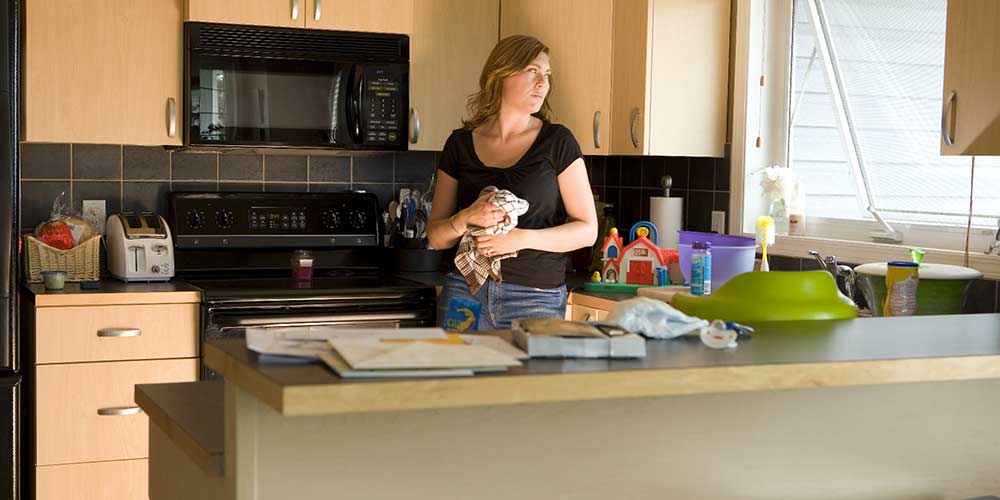 Are your resolutions fading? This is not surprising, since most resolutions aren’t terribly successful. Although based on good intentions, our resolutions often don’t address the underlying issues.
Are your resolutions fading? This is not surprising, since most resolutions aren’t terribly successful. Although based on good intentions, our resolutions often don’t address the underlying issues.
We humans tend to be action-oriented and like to emphasize all that we are doing and accomplishing. This orientation can trap us in the belief that we can always make ourselves achieve results.
Most people approach their desires from the be-do-have model. I will do this: Exercise. So I can have this: A better body. And I can be this: More confident.
For instance, I will do 30 minutes of weight training four days a week. Then I can HAVE tighter abs. Then I can BE more self-confident.
The core issue is the be level, but it’s usually the goal at the END of the resolution. In order to create positive change in your life, putting the BE at the beginning of the be-do-have model is a more effective approach.
The BE level is where the blocks to the do level arise. When you begin on the do level, the obstacles from the BE level are what sabotage you. The be level is where the “Why am I really doing this?” lives.
Let’s say you resolve to be on time instead of perpetually late. Instead of focusing on the action, stop and think about why you want to change your behavior. Do you value being on time? Are you really motivated to do it? Or is it something you think you should do? Maybe you realize that your lateness doesn’t really bother you, or that you like arriving last or having people wait for you. These are the obstacles from the BE level that will interfere with your resolution. You need to be clear about the “why” in order to be successful.
If you are tired of the clutter and disarray in your home or office, your resolution might be to get organized. Like most people, you have probably admonished yourself numerous times about tackling the stuff. Why is it so difficult to follow this simple self directive? Because it’s not so simple. There are probably emotional reasons attached to why you cling to things that you don’t need. You might be afraid of letting go of your stuff. There may be feelings of comfort involved in having lots of things displayed and/or stacked on tables and chairs. Maybe, on some subliminal level, it makes you feel important to have piles of paper all over your desk.
Your clutter and disorganization can be your teacher. Sit with it. Think about words that may inspire you to get started or shift your behavior. Maybe the words Let Go come to you. They speak more loudly than Get Organized. Every time you start to tackle your clutter, remind yourself of the words Let Go.
Once you shift your intent from Get Organized to Let Go, you are no longer wrestling with the “should,” which is often like pushing a boulder up a hill. You will feel energized instead of exhausted at the thought of beginning the process.
A potential added bonus to this approach is that you may realize that you are holding on to more than clutter. Maybe you are holding onto anger or resentment or a bad relationship.
Take the time to be with things that challenge you rather than trying to power through them. This will help you shed light on the underlying issues. When we are clear about the “why” it has a huge impact on our level of engagement, effectiveness, satisfaction, and the ability to sustain the action over a long period of time.









